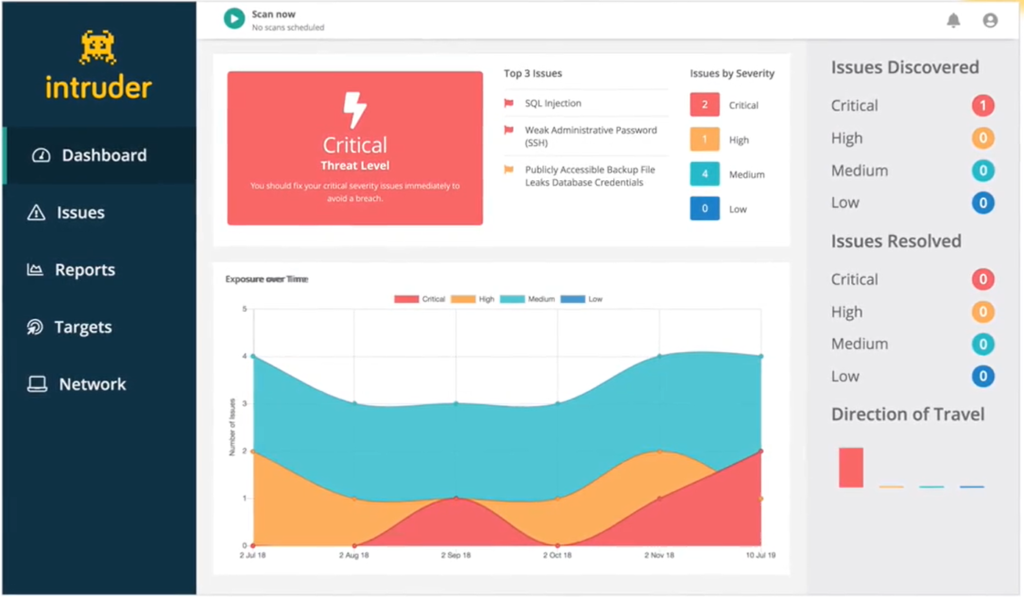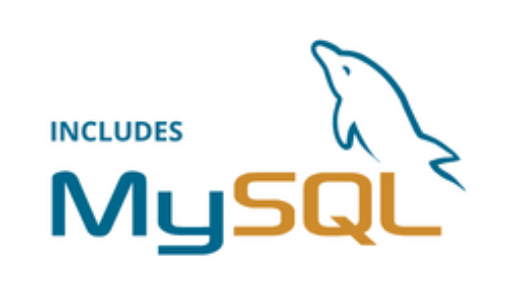Intruder is online and cloud-based vulnerability scanner. Specifically, We can use Intruder like vulnerability scanner for ongoing monitoring and compliance based result reporting. Now, you can ask that why vulnerability scanners are required for any company? For example, a phishing email with malicious attachment or suspicious links that exploits known unpatched software on an employee’s device. Similarly, unpatched software or the lack of hardening of your systems can help an attacker to exploit the device or complete infrastructure with same network security group.

In brief, Intruder is a cloud-based internal vulnerability scanner, network vulnerability scanner, automated penetration testing tool. Internal Vulnerability Scanning, External Vulnerability Scanning, Cloud Vulnerability, Web Application Vulnerability Scanning, Continuous Penetration Testing, Penetration Testing
Vulnerability Scanner
Firstly, vulnerability scanner are best things to find cyber security weakness on the infrastructure. Therefore, you can use Intruder vulnerability scanner to identify all security breaches and weakness on your infrastructure. Meanwhile, Intruder offer multiple vulnerability scanning options and all these are mentioned below.
- Internal Vulnerability Scanning
- External Vulnerability Scanning
- Cloud Vulnerability
- Web Application Vulnerability Scanning
- Penetration Testing
- Continuous Penetration Testing
Fix Detected Vulnerabilities
Above all, being a Cloud Security Administrator, you can fix detected vulnerabilities to meet the cyber security compliance of your company. Further, you can check compliance and reported section of Intruder to fix vulnerabilities weaknesses to avoid costly data breaches. Therefore, I included all possible fixation related to the detected vulnerabilities by Intruder.
- Operating System Updates – Latest operating system updates and patch management creates difficult to next level attacks.
- Software Application Updates – Software applications with older frameworks and tools can lead exploits to systems. Thus, updates to your software applications will lower their hacking risk.
- Default Application Configurations – Hacker can breach the system configured with default application configurations. For example, you configured the application on default or management ports.
- Application Patch Installation – Application vendors who support updates, upgrades are required to check periodically for the application patch installation to avoid possible hacking.
- System Hardening – Lastly, system hardening is the best practice. It reduces the attack surface on underlying systems.
Intruder Website
- You can visit to buy a Intruder subscription from their website.



